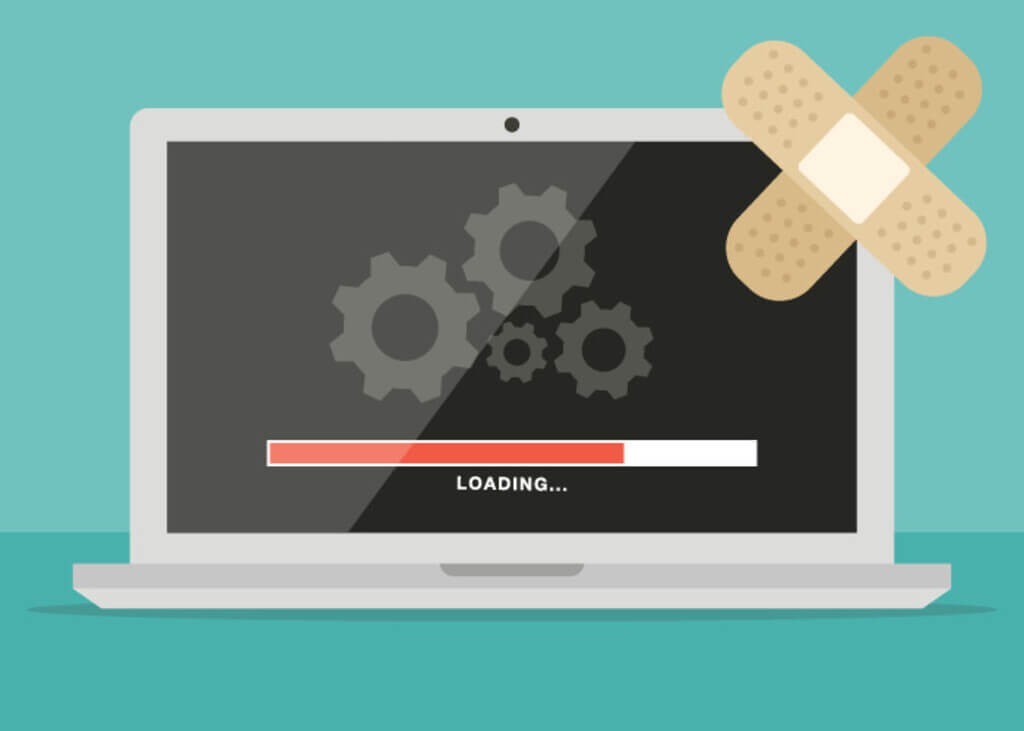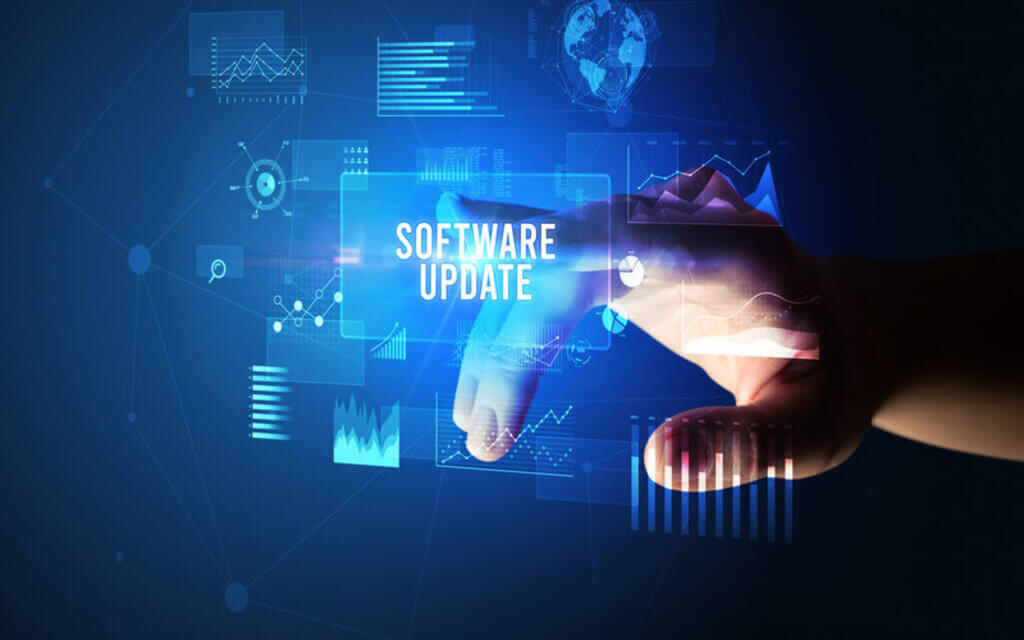With Linux being fundamentally different from Windows in terms of functionality, features, ease of use, and adaptability, it is only natural to think of significant differences in patch management of patches in both operating systems. This guide will explore the many aspects of Linux patching servers management, ranging from the necessity to complexity, structure, and limitations, and advantages versus disadvantages.
What Is Patch Management?

Before moving into automated server patching, administrators must know how important it is to patch Linux frequently. Administrators may patch the Linux computer manually, but this could lead to human mistakes, and rollbacks triggered by problems after installation can be difficult. Human errors can cause lengthy downtime if mistakes occur. It can be time-consuming to patch many patches when many are needed manually.
Why Is Patch Management Important?
Unpatched web servers for public use are a major security issue. However, it’s not just the reason you should update Linux. Patching can also fix issues and enhance the functionality of the software. Some patches resolve problems with drivers and software that run in the background. The large updates improve the functionality of the operating system.
The longer that administrators wait to patch their system, the more patches will be required to update it. This can increase the amount of time required to patch the Linux server. The hotfixes available from distro makers and vendors are among the most essential in that they correct crucial issues in an operating system.
Linux Patch Management Strategies
Linux patching can be more complex and unpredictable than closed-source operating systems like Windows. Open-source software has its merits, but it also has its drawbacks. One of these is that it runs an operating system with many possibilities for changes that different contributors make. One incompatible change can harm your entire business.
To decrease the cost and stress of patch project management, there are a few methods and best practices you can implement into your processes:
Locate the Linux Systems

In a broader sense, Linux patch management best practices are similar to Windows patch management guidelines. The procedure involves scanning Linux desktops for missing patches, downloading those patches from the vendor’s website, and then deploying those patches. Although it sounds easy, however, it’s difficult for administrators.
Each vendor makes its patches, and patches designed for one distribution may not work on another. Additionally, patches are OS specific to the version, which means IT professionals need to make sure that they apply the patches to the correct version of the appropriate distribution.
Documentation
Document every phase of the process, including downloading, pre-deployment tests, and post-deployment tests and troubleshooting. Make sure that the documents are neat and up-to-date. They could be useful in the event of an audit.
Manual Patching
It’s odd, considering that I have presented a convincing argument for automated patching, but there are instances when you must tackle the issue with the bulls. For instance, if the method fails to patch an application repeatedly, you might have to apply the patch manually (i.e., employing CLI commands) to ensure that everything works.
Utilize Scanners to Discover Weaknesses

It doesn’t matter if it’s public-facing servers or internal servers running corporate software vulnerabilities. Scans can reveal insecure systems that aren’t patched to prevent typical exploits.
Reporting Is a Great Way to Find the Patches That Have Failed
How can you tell if the patch installation was successful? A reliable patch management system provides a central dashboard that shows reports of patches that have been successful and failed for administrators to look over and manually update the system when required.
Patches Should Be Deployed After Testing Is Completed
Testing is essential before deployment. However, once testing is positive to deploy, patches must be implemented across the entire network.
Document Any Changes to the Environment

Typically, documentation occurs utilizing change control, where employees approve of updates to the system. This is crucial for reviewing downtime and analyzing the root causes. It’s also essential for compliance and auditing reasons.
Check Linux Patches Before Distribution
Whatever tool the organization chooses, companies must implement a systematic plan for managing patches regardless of which tool is chosen. One of the most important elements of a plan is creating a process for testing any new patches.
Conclusion
Linux is built on open-source software. It contains several security holes that are frequently released. Due to the number of Linux distros like RedHat, Ubuntu, SUSE, and many others, patching servers may not work with ease. Implement the above steps to prevent issues and make patches to servers run longer.
For more information:









